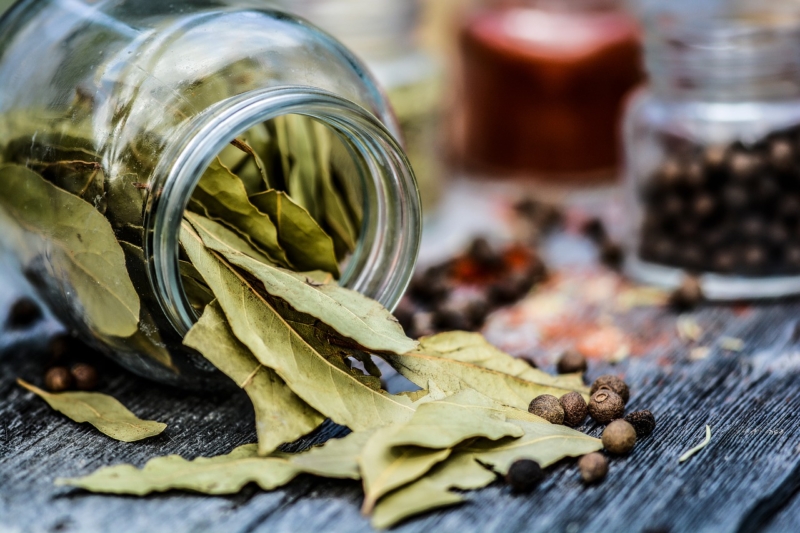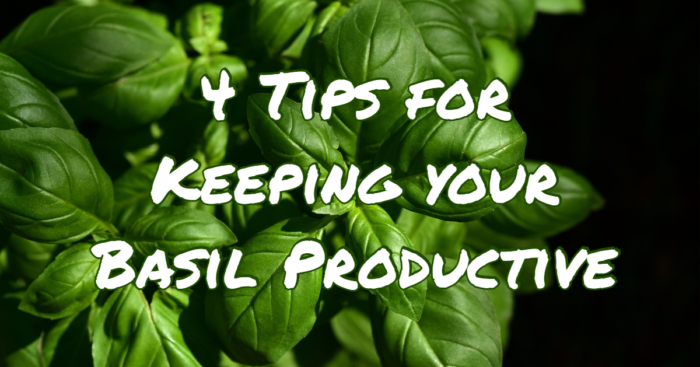Drying: An Easy Way to Preserve Your Herbs

Photo courtesy of monicore / pixabay
Leaves
If you’re harvesting leaves, the best time to pick is before the plant begins to flower.
Flowers
If you’re harvesting flowers, harvest the blossoms just before they are in full bloom.
Seeds
If you’re harvesting seeds, the seeds should remain on the plant until they are fully mature and begin to dry.
Here are three easy methods for drying your newly harvested herbs.
Air drying
Air drying is the easiest method of drying herbs and can be done in several ways. One way is to air dry in bundles. First, gather the stems in a loose bundle. You want good air circulation throughout and around the bundle. Next, hang them stem side up in an area that is warm, dry, dust- free and out of direct sunlight. Finally, your herbs are ready when they are dry and
crumbly to the touch. This can take anywhere from four days or
up to two weeks if temperatures are on the cooler side.
Drying seeds? Place a paper bag loosely over the bundle to catch any seeds that might fall.
If you are working with a smaller quantity or have plants with delicate leaves or flowers you can place them on a drying rack or screen. This can be a piece of cheesecloth, a window screen or a brown paper bag with holes punched in it. Just like drying in bundles you want good air circulation and to keep the herbs warm, dry and out of direct sunlight.

Photo courtesy of pixabay
Dehydrating
Using an electric food dehydrator is a great way to quickly dry your herbs, which can be helpful if you live in an area with high humidity. Keeping the dehydrator on the lowest temperature setting, follow the instructions on your dehydrator for how to place the leaves and recommended drying times.
Oven Drying
For oven drying, begin by placing individual leaves on a lined baking sheet. Set your oven to its lowest temperature and keep a close eye on them. You don’t want them to dry out too quickly.
Now that your herbs are thoroughly dry you want to store them properly to maintain their quality and taste. You can store your herbs in jars (glass or plastic) with tight-fitting lids or in well-sealed plastic bags. Make sure to label your containers with the herbs name and date. Keep your herbs in a cool, dark place to maintain freshness.



